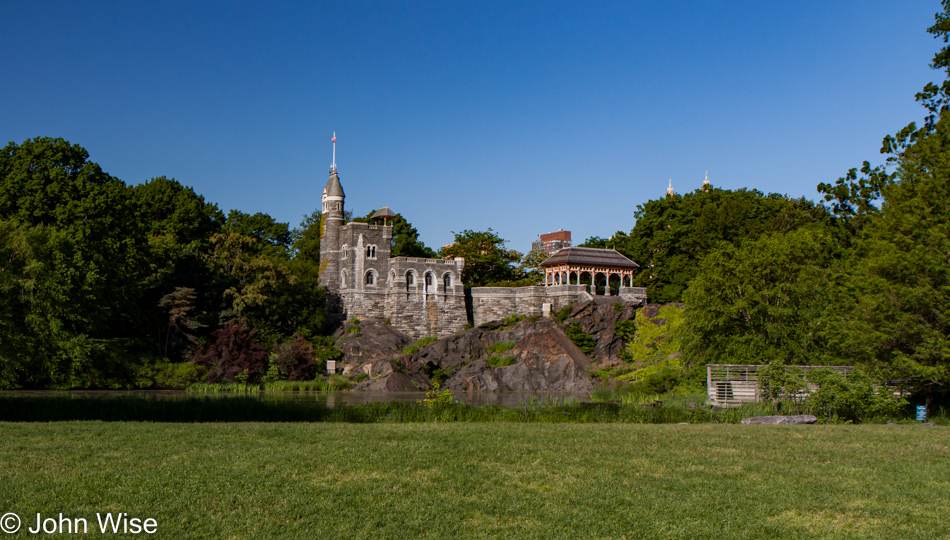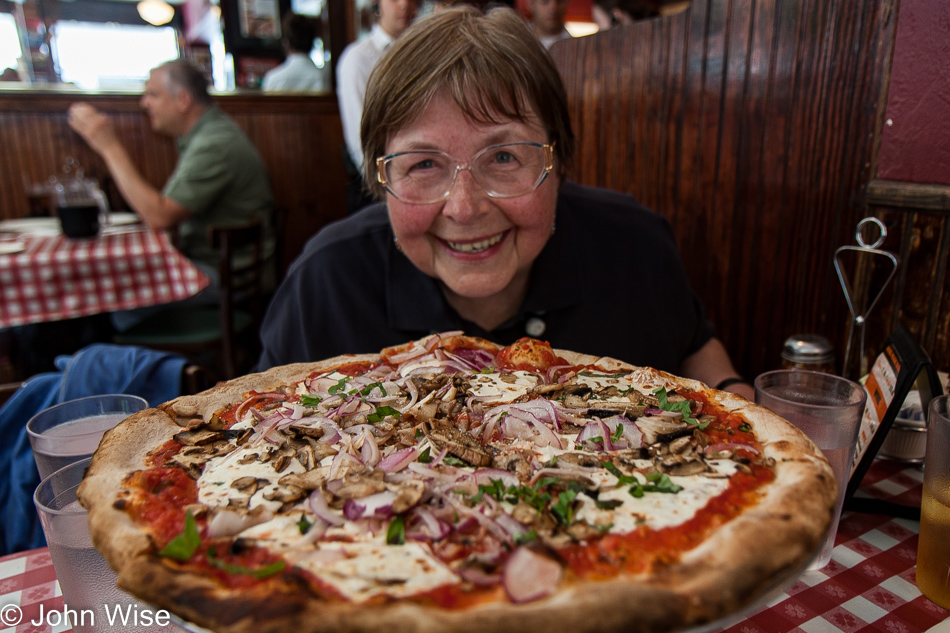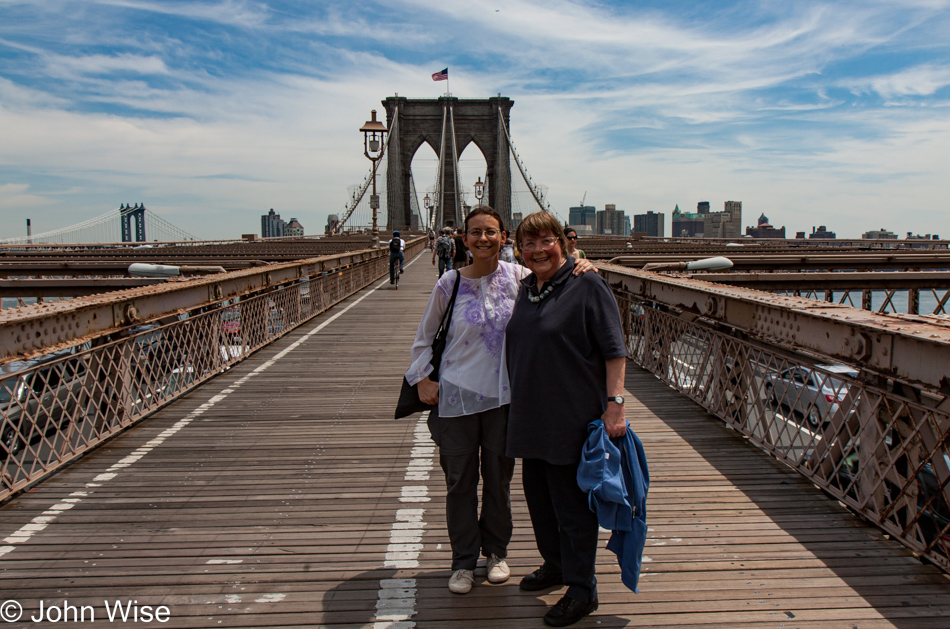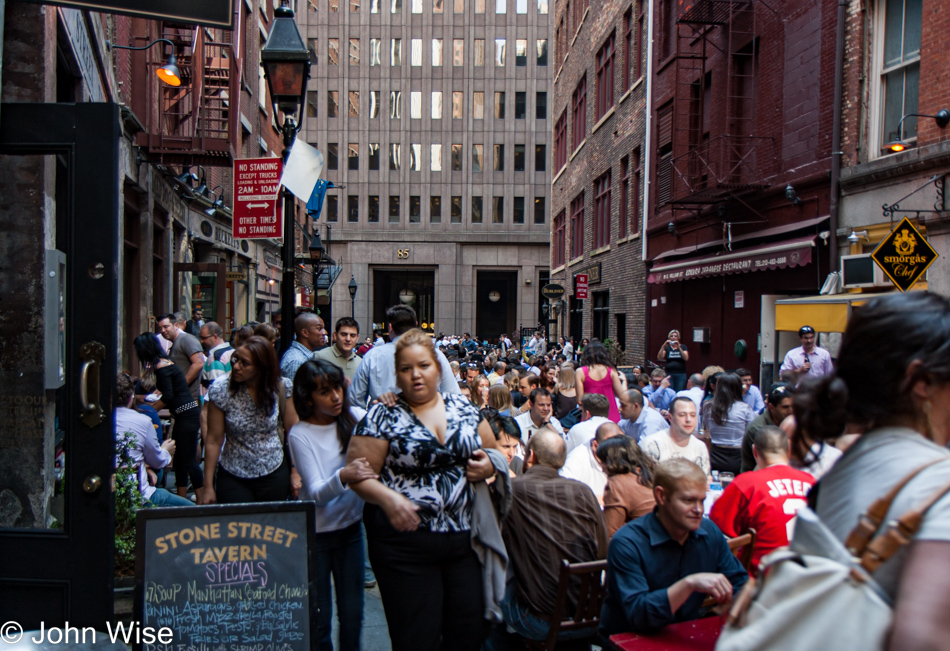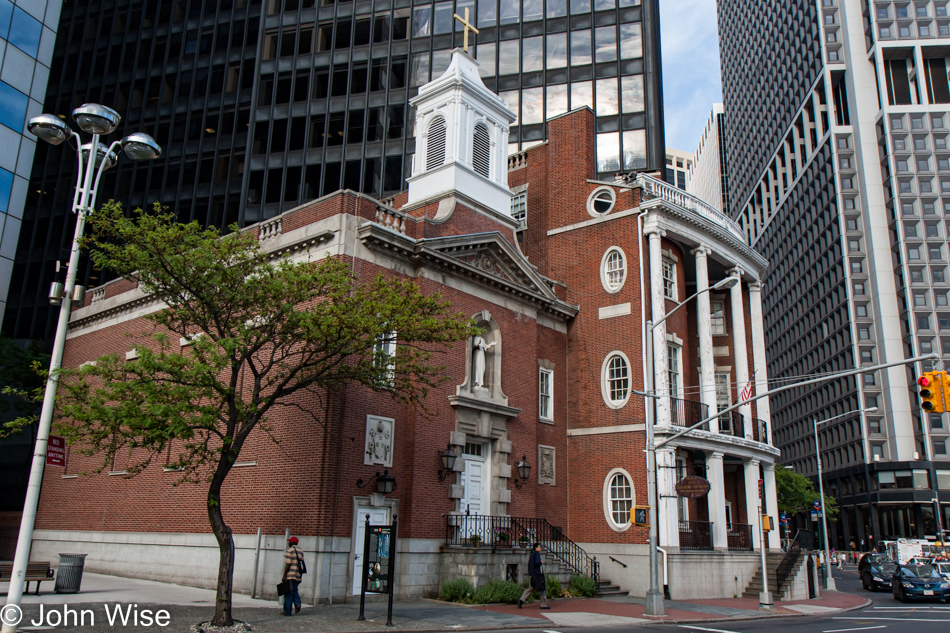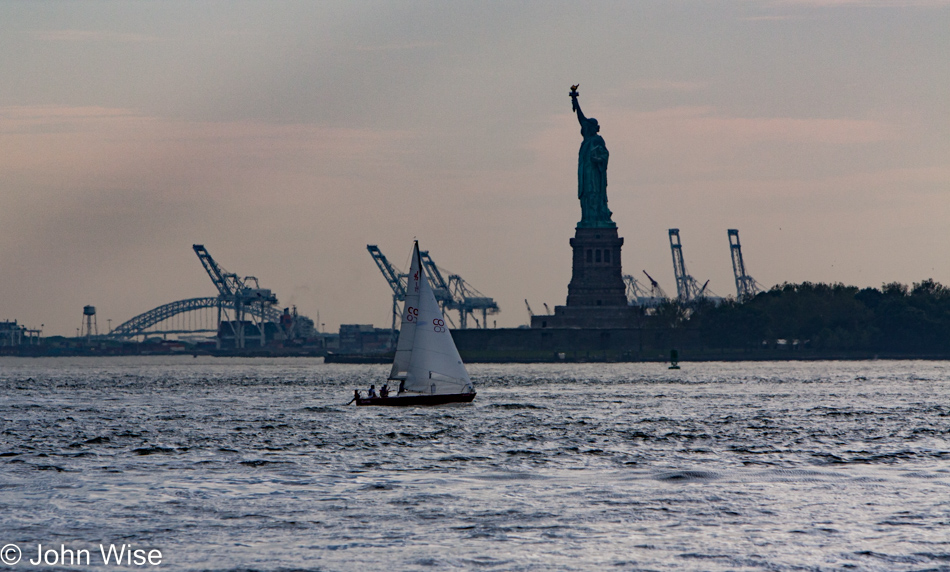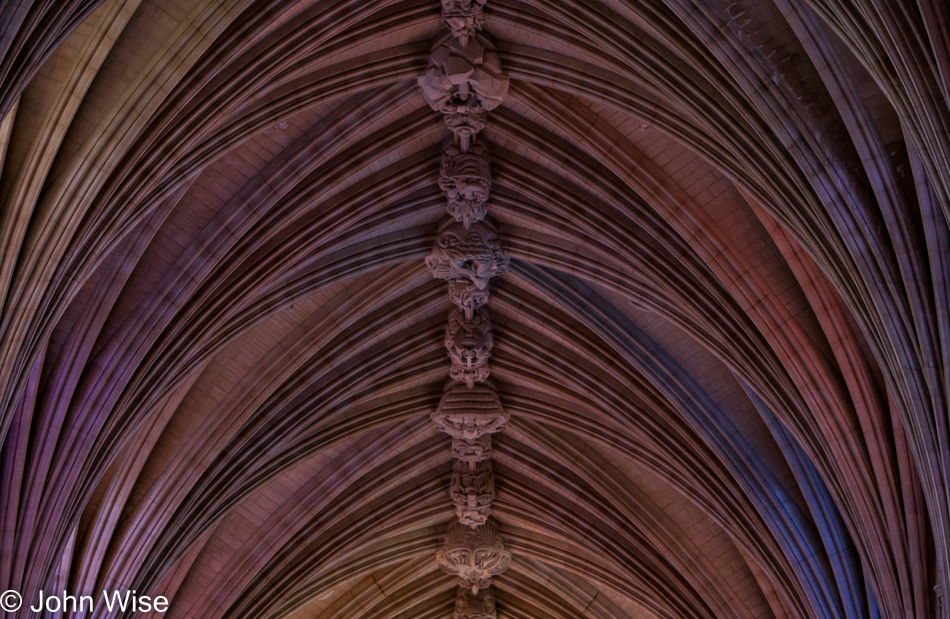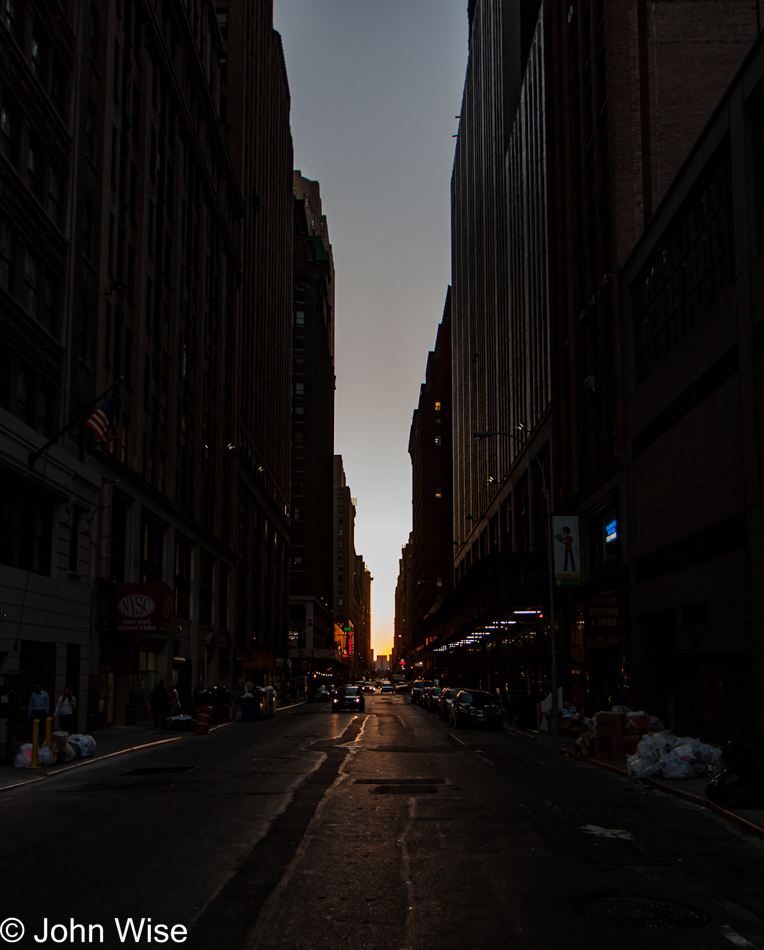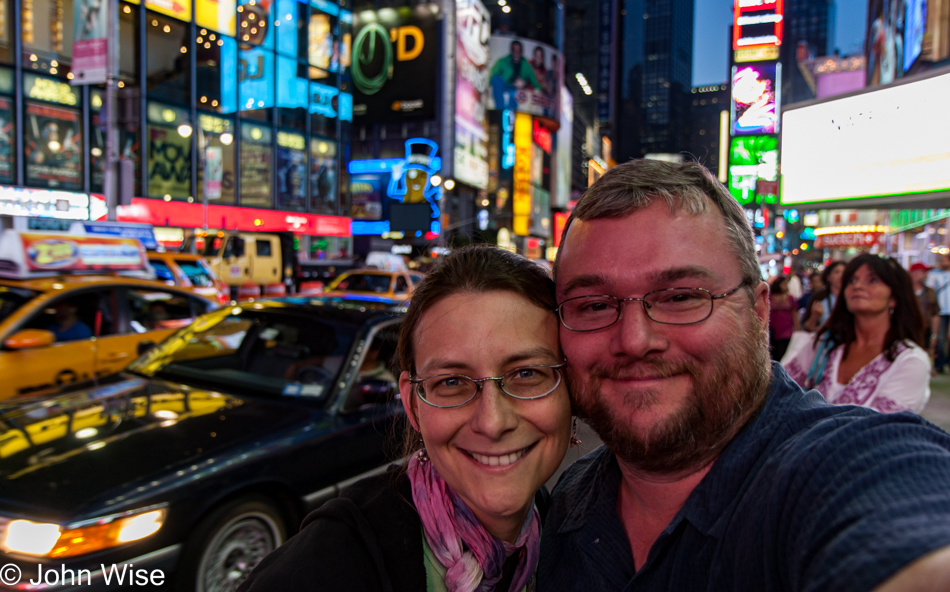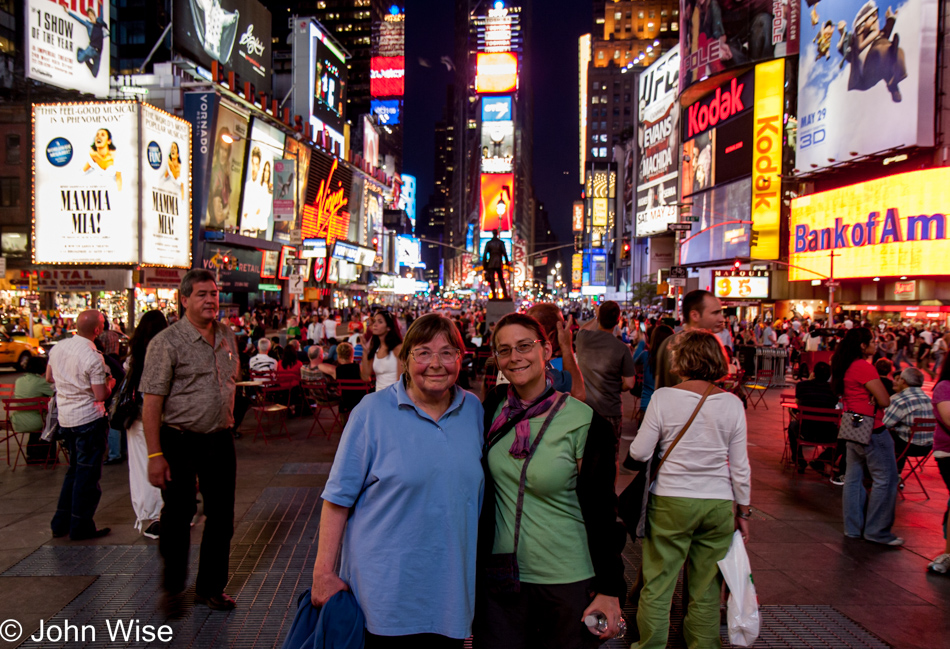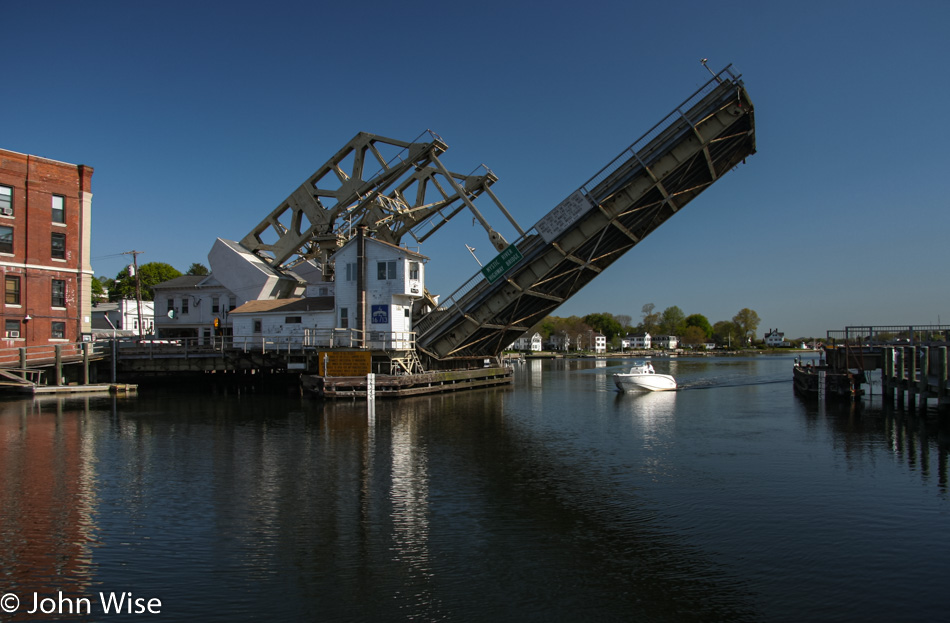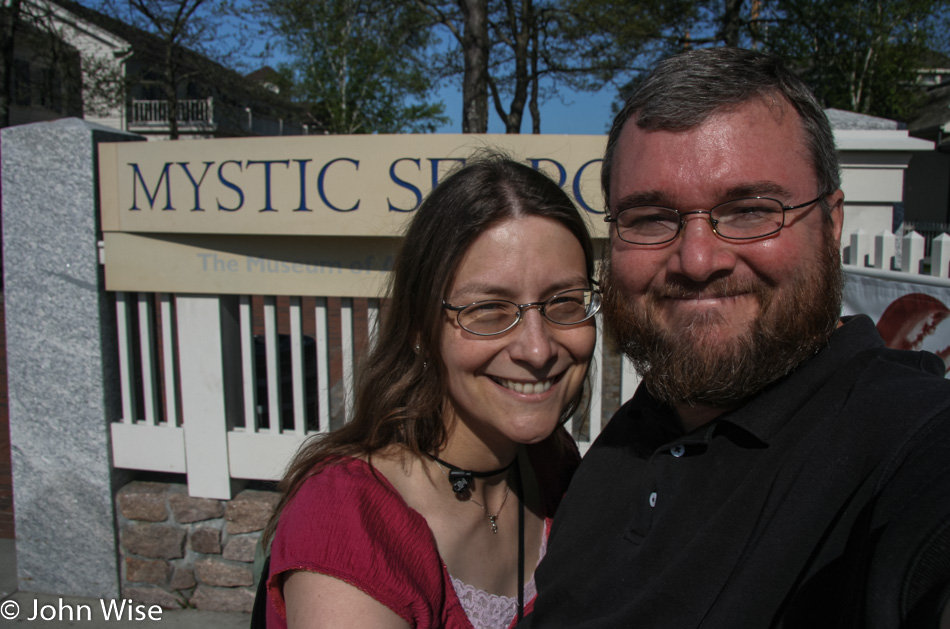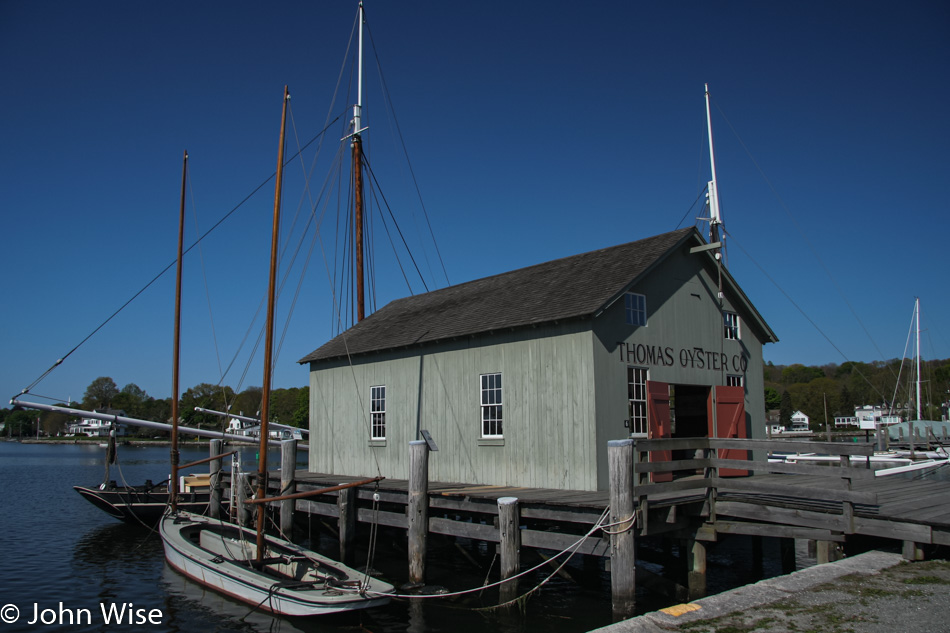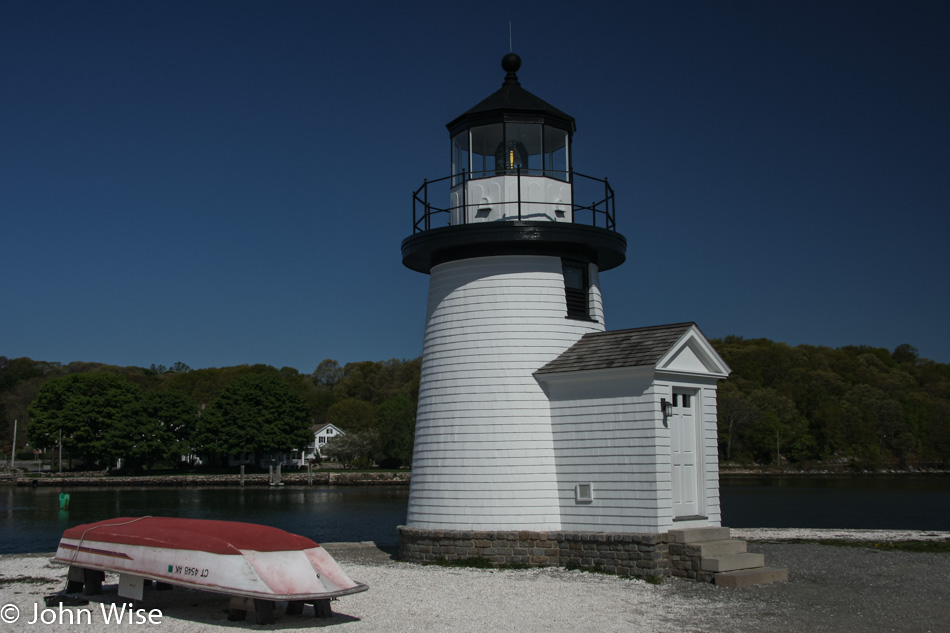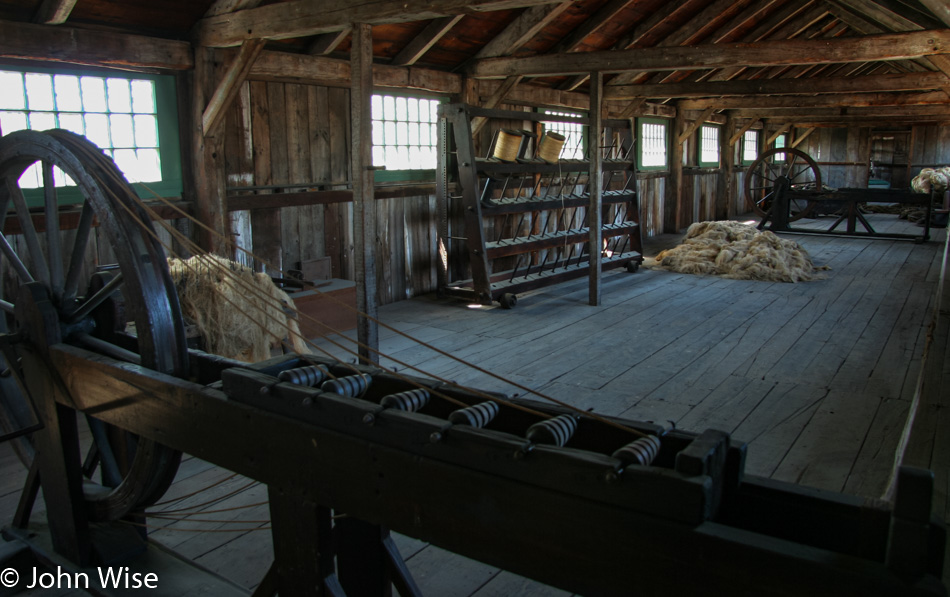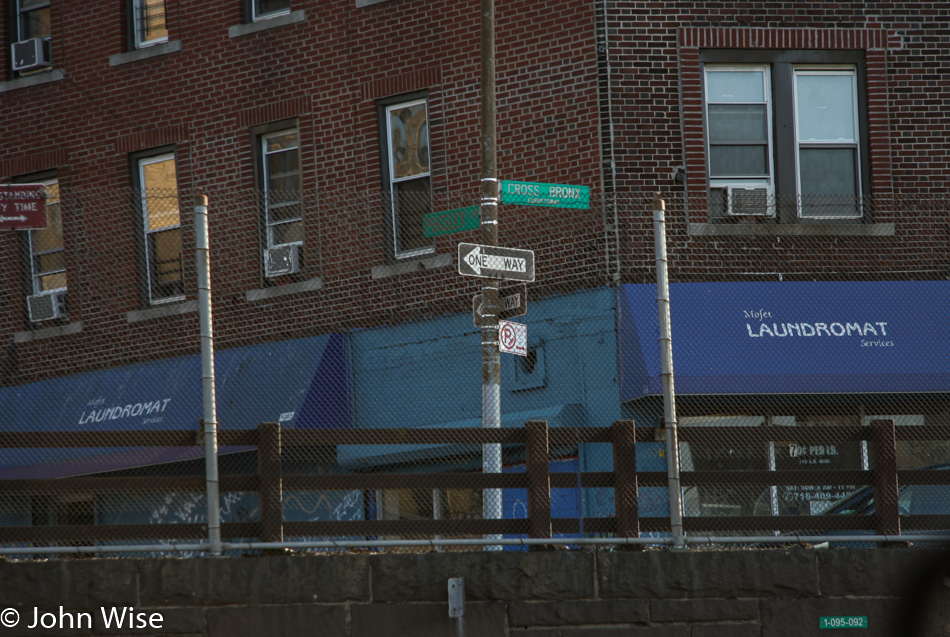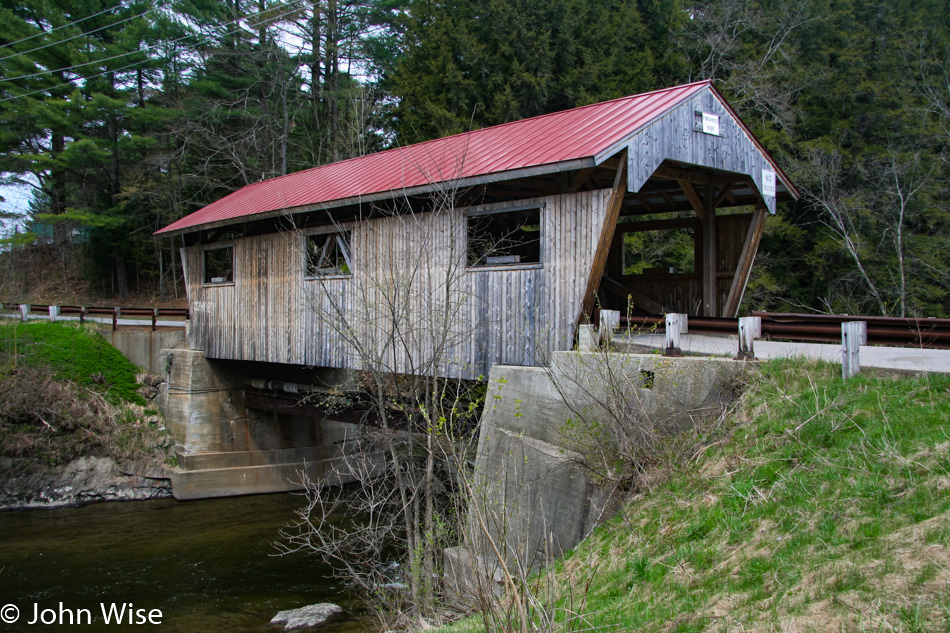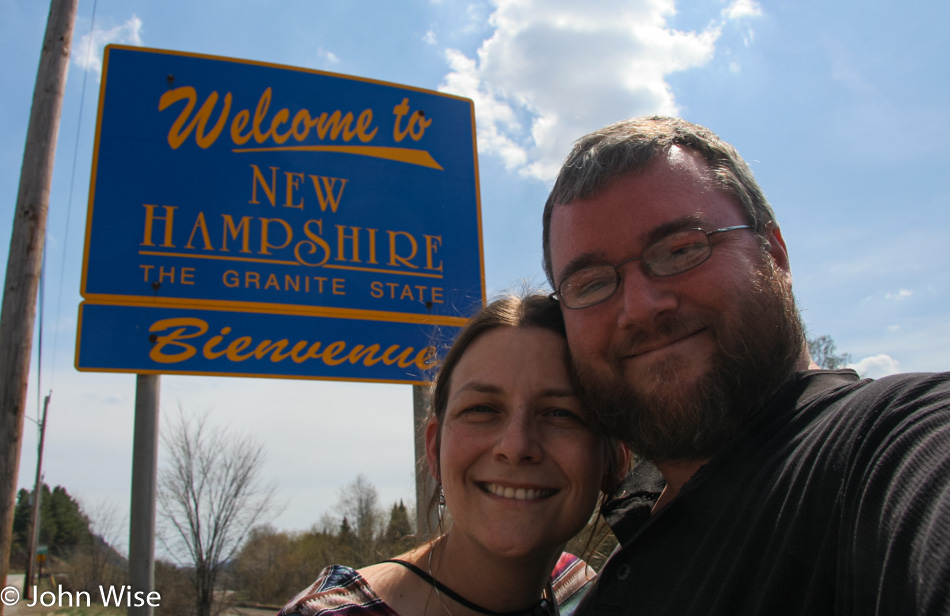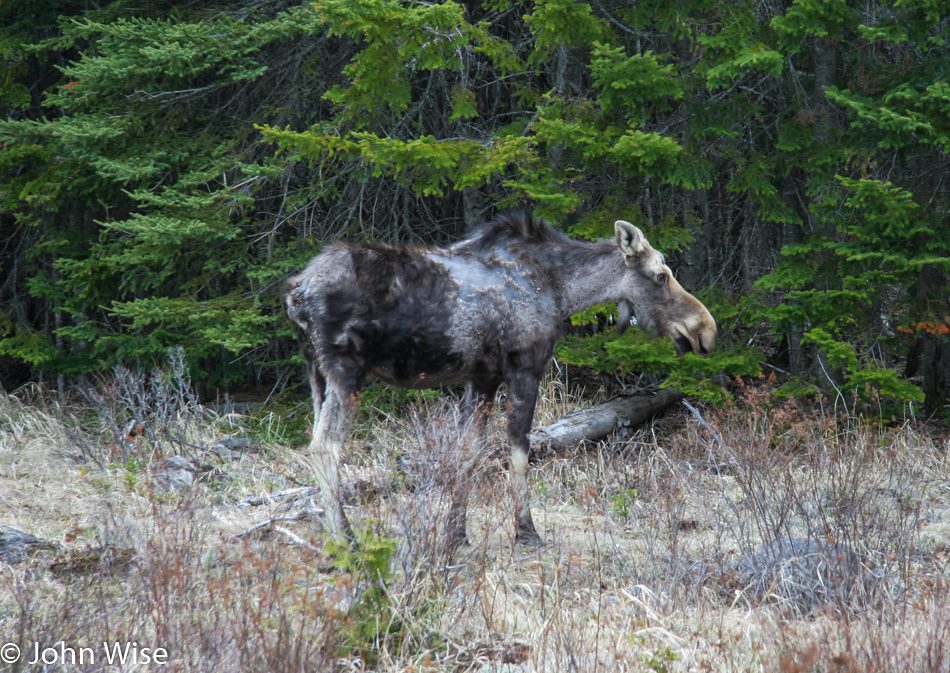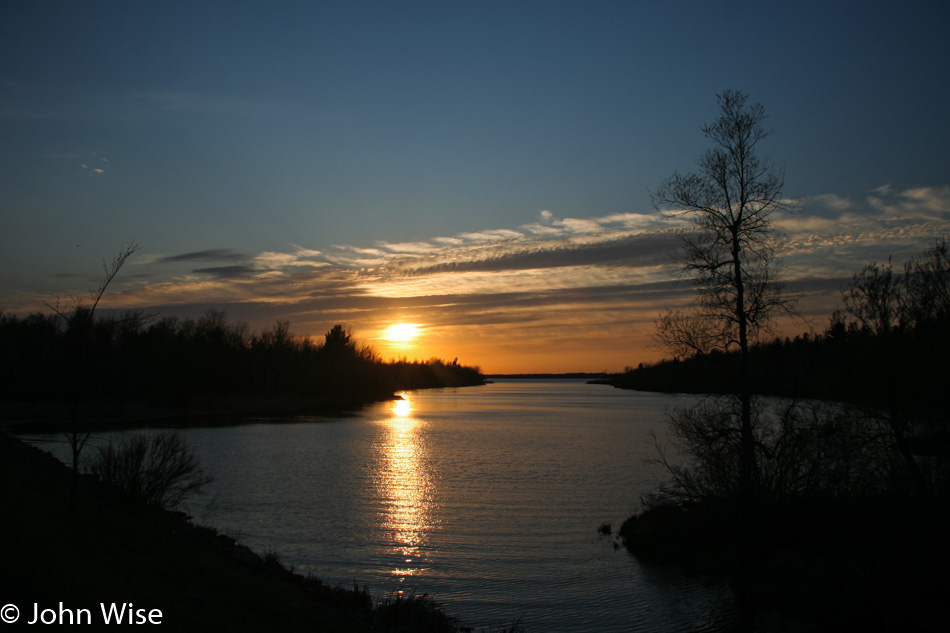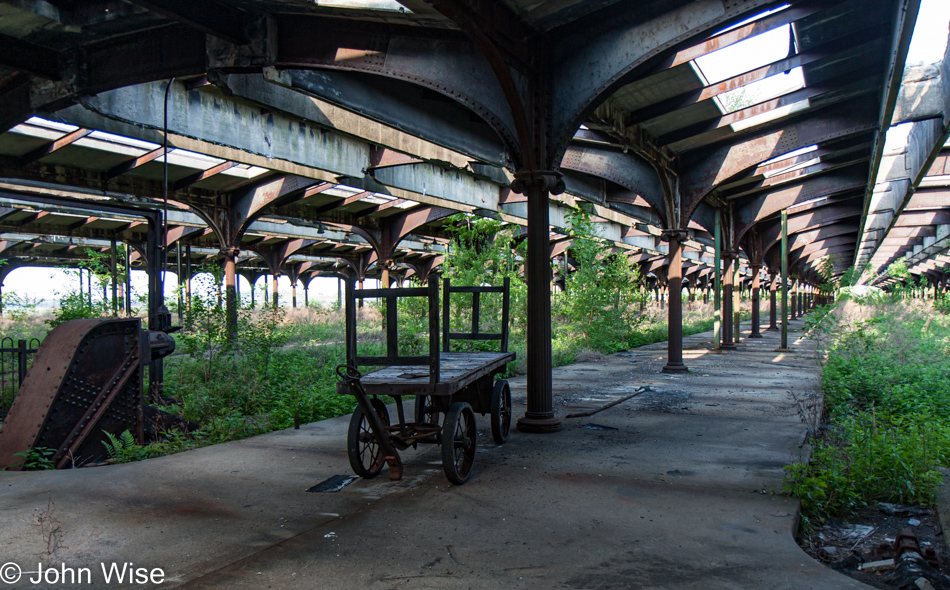
The old Central Railroad of New Jersey Terminal now stands as a monument to the millions of immigrants that once passed through here, boarding trains that took them to new destinations. For more than 100 years until 1967, this train station was a bustling place; today, it’s a reminder of those long ago days when we used to welcome immigrants.

The old CRNJ Terminal connects to the ferry that takes visitors out to Ellis Island, and back to the mainland, so much as the location once did, people branch out, leaving for destinations not only across America but home to the countries they came from.

For me, this visit holds some amount of special meaning because 104 years ago, on June 14, 1905, two of my paternal great-grandparents landed here after leaving Ozalj, Croatia, onboard the Grosser Kurfurst, which hailed from Bremen, Germany.
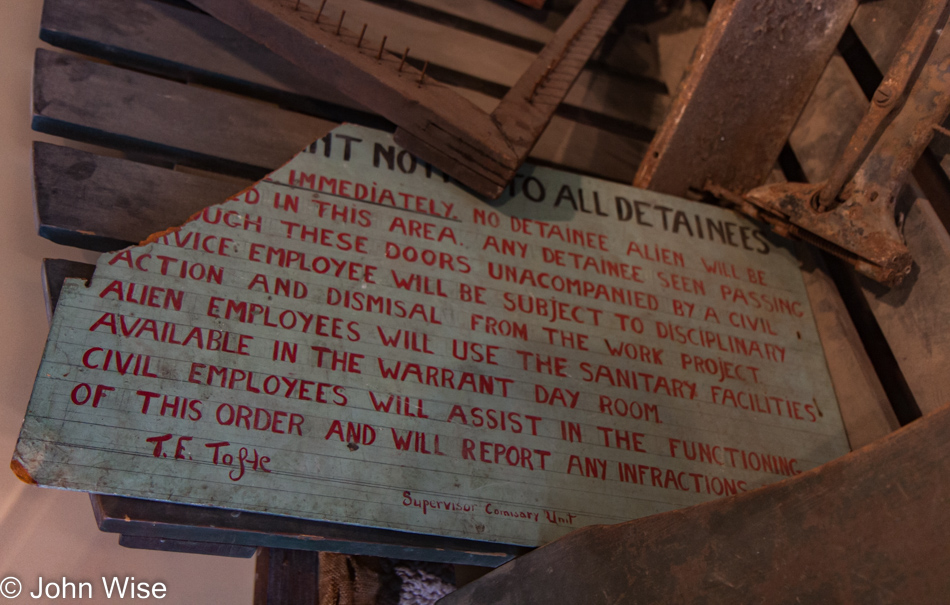
My great-grandparents Blasius (Robert) and Luba (Lillian) settled in Buffalo, New York, and proceeded to have seven children: Bob, John, George, Frank, Amelia, and twins Anne and Mike. Amelia was my grandmother; she passed away more than 20 years ago. My great-aunt Anne lives and still works in Santa Barbara, California, she’s in her 80’s now.

Back when my family arrived, these facilities were barely a dozen years old and must have been a place of incredible wonder as the tallest and brightest city they would have ever seen was just across the Hudson River, and in short order, they would transfer to the train station we visited as tourists today. They would have to find their way into a country that didn’t speak their language, didn’t have the foods they were familiar with, nor really cared how they got along. They were free to figure out a new life for themselves.

It’s strange to think how close we really are to our past. Might my great-grandfather have washed his hands and face right here at one of these basins? When we approach the places our own ancestors might have walked through and touch things their lives touched, it would be nice if we could recognize a view that would allow us to connect a little better with the humanity of those who strode through our world long before us. Too often, I feel like we experience our existence in a vacuum of individuality with no foundational anchors that connect us to our ancestors and forefathers.

In the years Ellis Island welcomed immigrants into the lands of the United States, 12 million people used these facilities. To think that my family members stood within these walls of Ellis Island, waiting their turn to see if they would be admitted to America, and their success in doing so has made all of what I know, all of my life, possible.

It wasn’t likely that one of my ancestors left a drawing or message on the walls of Ellis Island, but their children gave rise to those who would have children who became my parents, and now here I am leaving messages, images, and various thoughts and memories on this age’s virtual walls.

These doodles and signatures were discovered during renovations and were preserved in order to share what was left behind. How will our electronic missives survive and be discovered a couple of hundred years from now?

Certainly, a liminal space that was not created to be inviting, but then again, I’ve probably watched too many movies that have borrowed this motif to feed the idea of creepy.

The threshold of a room, the threshold of a country, or the threshold of a mind are all potential barriers over which people who long for something extraordinary will have to cross. America’s love-hate relationship with immigration is one of brutality and amazing success that produces a lot of mixed feelings and is a subject that can’t be adequately looked at while writing a blog post covering a variety of topics or while out being a tourist.

Oh yeah, Hot Frankfurters for 2¢ each, this was quite the deal.

We are heading back to the ferry to another island.

After my reflective walk in the processing center, we set our sights on Liberty Island.
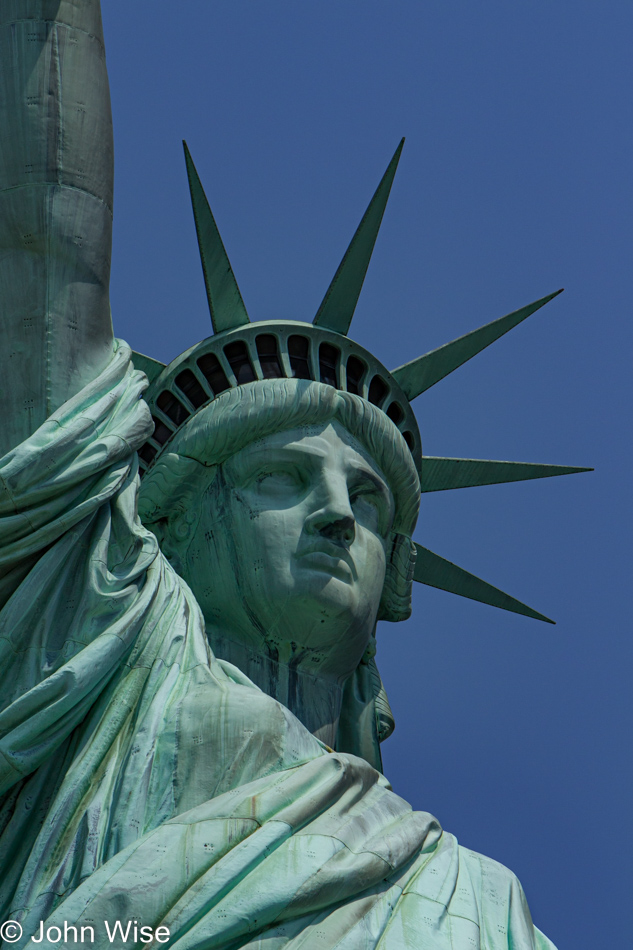
Yikes, the long lines to visit the interior of Lady Liberty herself were extraordinary. Another failure of planning as reservations should have been made.

A long drive north was awaiting us, plus Caroline and I knew we’d be back in the not-too-distant future as about six short weeks, on the 4th of July, the Crown of Statue of Liberty would re-open for the first time in nearly ten years. Maybe we could visit then, but for today, it’s out of the question.

We had to content ourselves with walking around her, posing in front of her, and seemingly all too quickly, leaving her. A quick tidbit of trivia: the pedestal behind Jutta and Caroline was a point of contention back in the late 19th century and almost derailed France’s gift from finding a home in New York, but thanks to Joseph Pulitzer and his efforts, the pedestal was funded, and the rest is history.

Goodbye, Lady Liberty…

…and goodbye, New York City.

With no less than seven hours of driving ahead of us today, we didn’t take much time for sightseeing along the way, but a sign here in Owego, New York, directed my attention to this ice cream stand featuring Perry’s Ice Cream that screamed STOP!

We are passing by the Finger Lakes; this photo was taken just south of Ithaca.

It was already after mid-day as we were passing Cayuga Lake on its western shore.

We were stopping near the small town of Seneca Falls for gasoline, and sure, it had only been 90 minutes since we had those ice creams, but come on, this is bacon ice cream. What in the world might bacon ice cream taste like? The obvious answer would be a resounding thud of duh, well, bacon, of course. But it wasn’t as bad or weird as it sounded. The bacon was cooked in a maple syrup base and that was used for flavoring the ice cream. Yes, there were bacon chunks in it, but seriously, it was pretty good. You, too, can try bacon ice cream; just go to the Cayuga Sugar Shack on Route 89 and brace yourself.

Waterloo, New York, turns out to be the birthplace of Memorial Day.

Every so often, we need to pull over and stretch our legs, and a nearby horse in a pasture looking like it needs visitors is even more reason to pull over at that moment.

Our hopes of arriving in Buffalo, New York, for a sunset view of Niagara Falls, were being dashed as between bacon ice cream and too many stops to look at horses, streams, farms, the countryside, and finally, the sunset, it would be dark by the time we arrived in the city of my birth.
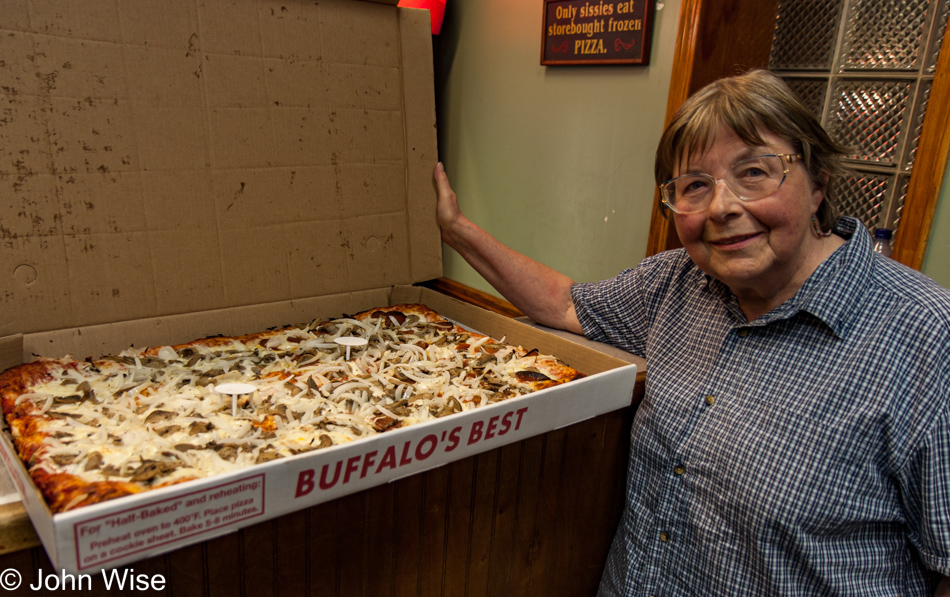
As we were reaching Buffalo, we called Bocce Club Pizza to see if they’d still be open when we arrived, and sure enough, we had plenty of time. They don’t close until midnight on Friday and Saturday. We ordered the largest monster of a pizza we could to ensure we’d have a ton of cold pizza for the drive south the day after tomorrow. Pizza from Bocce Club is the best cold pizza one could ever dream of eating.


